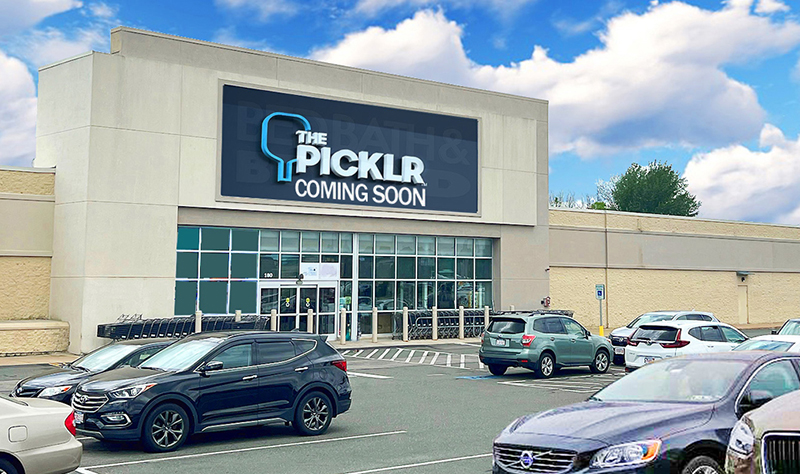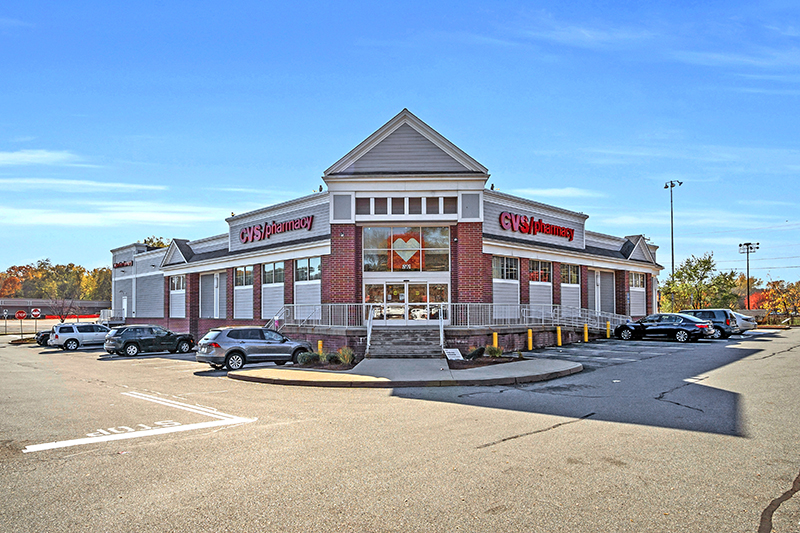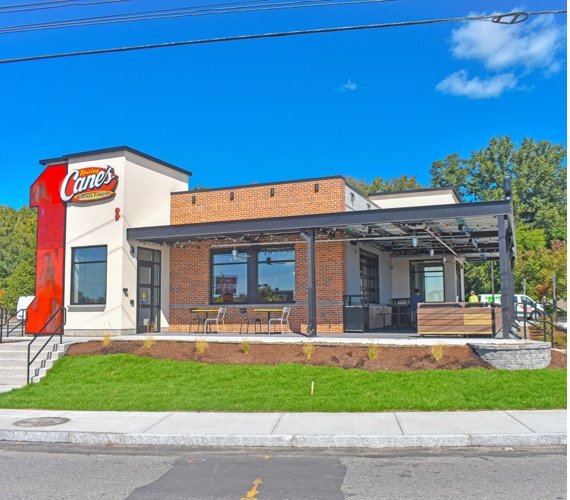Engagement: The new entertainment experience - by Greg Lyon

Nadel Architecture + Planning
Super-regional and regional entertainment destinations, location based entertainment, lifestyle centers, retail dining and entertainment (RD&E) destinations, entertainment enhanced retail environments… the categories and list goes on. Regardless of what category a destination falls under, entertainment, shopping, and dining have always been inextricably tied, and while the nature of the offerings and the balance between these experiences evolves and shifts, the combined categories of retail, dining, and entertainment are constant companions.
Consider super-regional entertainment destinations such as theme parks. While the entertainment, or “anchors” are the attractions (rides) offered, both dining and retail experiences make up a large portion of visitors stay and expenditure, making the per s/f sales in theme park retail some of the most valuable retail
real-estate in the country. Guests visit theme parks for the attractions but spend much of their time dining and shopping.
Regarding location-based entertainment – an entertainment destination that serves a local community, generally the attraction – the anchor is the cinema. Theaters being software-based provide a new set of experiences as new movies open, creating a constant flow of local repeat visitation. Again, while guests are coming to experience the entertainment offering, dining and discretionary retail offerings are always key ingredients of L.B.E. With entertainment enhanced retail destinations, while the ratio shifts, the components remain the same. In the case of retail destinations, while the retail and dining are the attractions, the environment is the anchor. An entertainment enhanced common area experience will increase length of stay and return visitation. Whether it’s live musical performances, trolley cars, dancing fountains, or simply well thought out gathering spaces, it is this kinetic, immersive and engaging experience that provides the entertainment factor in a retail destination.
While the entertainment component of these destinations have traditionally delivered a passive guest experience – where each guest is individually absorbed in an entertainment offering that delivers personal escapism, the newest form of entertainment has almost done a 180 degree shift. Now, the goal is to refrain from isolating the entertainment factor and provide a shared, communal experience, to create social verses parallel play, and to create experiences that are shareable and interactive.
This paradigm shift is actually a completely logical trajectory. In an era where we can each have high quality immersive entertainment experiences in our homes, are constantly isolated on our smart devices, computers and social media experiences, which all provide individual, personal escapism, it is only logical that a new generation of entertainment should arise. Now the entertainment factor is one of engagement, entertainment concepts that provide shared communal experience, and understand the value of participation. Today’s consumers want experiences that they can’t get at home, for them to be shareable, interactive and sociable. Offerings that inspire guests to put their smart devices away, and engage with real people in real time.
This trend is expressing itself in two distinct and complementary ways in the retail market sector. First, we are seeing more and more “micro destination” entertainment offerings that promote real time engagement. This is the new entertainment currency, the value of participation. These micro entertainment anchors are scaled to work within typical retail footprints, are not disruptive to the operational aspects of typical retail and dining tenants, and provide that repeatable, desired engagement experience.
The second way the desire for engagement is expressing itself in retail destinations, and maybe the most influential and ubiquitous way, is the common area experience. This is key, because it has an impact on the design of any type of retail environment, from market anchored neighborhood centers to lifestyle centers. When the environment is the anchor, it is the common areas that must provide engagement, the shared communal experience, an environment that allows shoppers and guests to interact uniquely together. Unlike earlier forms of an entertainment enhanced environment, such as programmed events or performances, extravagant water features or other forms of “show design,” the rules of engagement means providing opportunities for guests to interact uniquely together, and have experiences they cannot have at home.
Creating community engagement spaces in a retail destination’s common area is achieved by creating a connected, immersive and sophisticated relationship between architecture, graphics, environmental elements and landscape. This should not necessarily be a grand plaza space, but can be a discrete set of open air “living rooms,” that are well amenitized and comfortable, where guests can hang out and engage. One size does not fit all, so consideration of the local community, psychographics, and the community’s aspirations must be taken into account to produce an authentic experience. These moments that a retail destination provides, regardless of the tenant mix, will provide the new coveted entertainment anchor, the one that provides an immersive, rewarding, vital experience that can’t be found at home or on the internet, the entertainment value of participation, of impromptu, real time human engagement.
Greg Lyon is a principal/owner of Nadel Architecture + Planning and is the retail design director for their Retail Studio, Los Angeles, CA.
Mace of KeyPoint Partners negotiates 36,192 s/f lease for The Picklr at Endicott Square
Danvers, MA KeyPoint Partners (KPP) negotiated a lease with the nation’s premier indoor pickleball venue The Picklr at Endicott Sq. Vice president of retail brokerage Don Mace negotiated the transaction on behalf of the landlord.





.jpg)


.png)